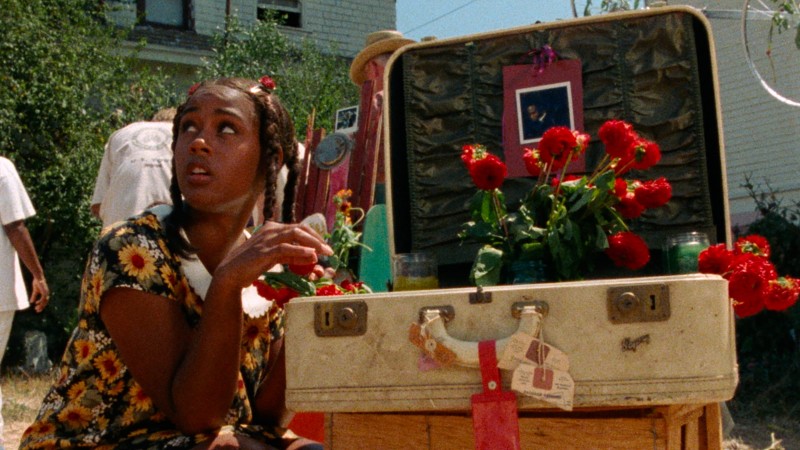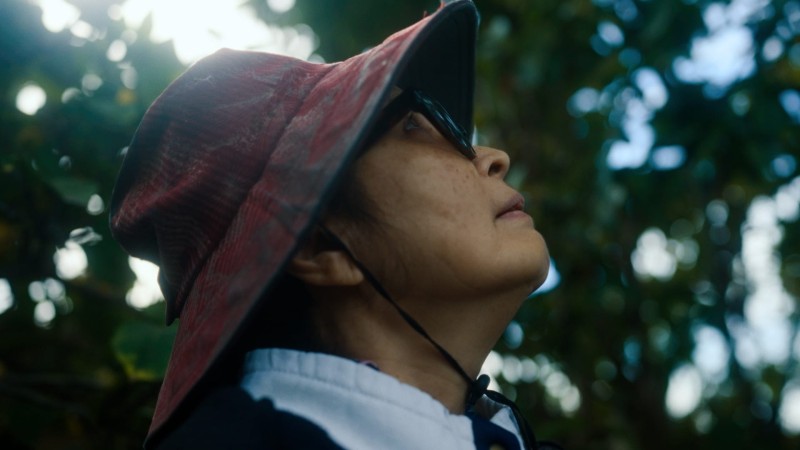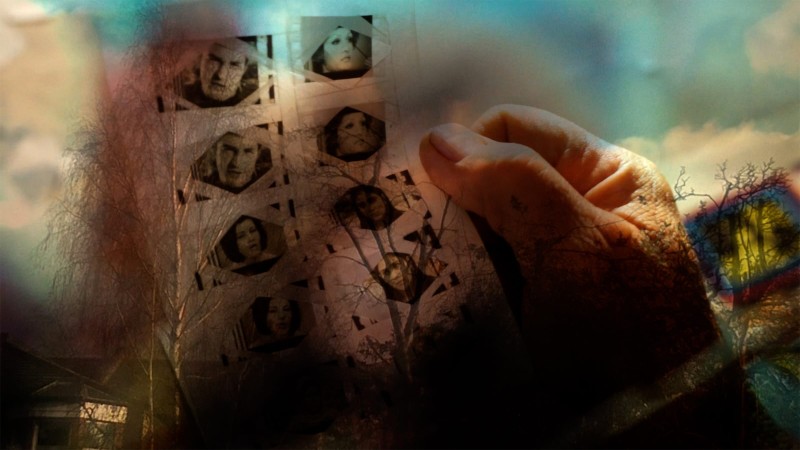Discovering Beatlemania Rarities with Editor Martha Karsh

More than half a century after first galvanizing audiences with their inimitable sound, the Beatles remain an inexhaustible subject in rock ‘n’ roll lore. In 2014, we were proud to celebrate the fiftieth-anniversary of A Hard Day’s Night, Richard Lester’s immortal portrait of the exuberant young moptops at the height of their pop stardom, with a digital restoration and theatrical re-release, as well as a new home-video edition. In the process of working on the film, Criterion producer Kim Hendrickson met with Martha and Bruce Karsh, a Los Angeles couple who have owned the rights to the film and all its related photographs and ephemera since 2001. A number of these archival items appear in one form or another on our release, but now, with Phaidon’s publication of the book The Beatles A Hard Day’s Night: A Private Archive, now available in stores, fans have unprecedented access to a much wider swath of the collection’s rarities, including news clippings, fan letters, and poster art from this golden age of Beatlemania.
Last week, I sat down with Martha to discuss the process of assembling the book, a mighty undertaking she initiated just in time to surprise her husband for his sixtieth birthday.
Can you tell me about how you and your husband acquired this amazing collection?
My husband has been a Beatles fan his whole life. He and my youngest son collect rock ‘n’ roll memorabilia. Between the two of them, they have acquired a lot of material from the Beatles and Nirvana, among other greats. In 2001, a friend of ours heard that the producer of A Hard Day’s Night , Walter Shenson, had passed away and that his son, with whom our friend had gone to Oxford, wasn’t interested in keeping his film rights. Knowing of Bruce’s avid interest in the Beatles, our friend contacted him about a possible sale.
Bruce immediately jumped on it and said, “We are willing to meet the stated price to acquire the copyright of A Hard Day’s Night and share the copyright of Help! fifty-fifty with the Beatles. But we also want everything related from Walter Shenson’s office.” They said, “Fine.” The deal was executed, and next thing we knew, about seventeen boxes of stuff came to us. We started going through it, and it was like a treasure hunt.
What condition were the materials in at that time?
There was an intact album of contact-sheet prints, and all the negatives were carefully preserved. The rest of it was pretty random. It seemed that Shenson had had an assistant who had cut things out of newspapers after Shenson circled them in red. You can see red pen marks on some of the clippings, and in some instances, he wrote little notes on them. There was the original script and budget and a variety of other interesting items. Through Jonathan Clyde, an Apple Corps executive, we found a qualified archivist, Nancy Clendaniel. She very carefully archived and indexed everything. In preparation for the fiftieth-anniversary restoration of the film, Criterion also contributed to the archiving. In all candor, that was the first time I started paying that much attention.

When did you get the idea to use this material for a book?
As I watched Kim go through the archive, I thought, “This is amazing material. It would make a marvelous book!” This all coincided with the approach of my husband’s sixtieth birthday and our thirty-fifth anniversary, and it seemed the perfect avenue to a very special surprise gift. That was in 2014, but it took almost two years to complete. I’m a lawyer, with no publishing expertise, and I wondered if I could really do this. But I also have a strong design background, love books, and do a lot of writing for my nonprofit work. I thought I could marshal those skills. As a lawyer, one often deals with unfamiliar matters and figures them out. And I certainly understood the intellectual property work required, although, honestly, I did not appreciate the magnitude until much later.
When I think about the history of this endeavor, I know that from day one my vision was book-as-beautiful-object, with a simple, sincere dedication to my husband. And I felt the significance of the material merited more than a self-published book or Shutterfly album. The first thing I did was think about what type of publisher I wanted. A good friend of mine is the curator of decorative arts and design at the Los Angeles County Museum of Art and had worked on many books. We thought Taschen might be interested. I reached out to them, but they’d already done a book on the Beatles recently, so my friend recommended Phaidon Press. I reached out to Phaidon, and their team came from New York to look at the archive and gave it an enthusiastic thumbs up.
How did you decide to make the book primarily visual and use only minimal text?
Initially, I considered asking well-known musicians who may have been moved by the film to write something, but that proved too complicated. Over the years, some of the images have leaked out into the digital world or been used as promotional pieces, but for the most part, this material has never been seen before, and I felt that it really spoke for itself. With a more text-based book, you might thumb through it quickly and think, “Oh, when I have more time, I’ll look at that.” That doesn’t really happen with this book. It immediately engages the reader; it’s a visual, tactile, and interactive experience. I kept it that way by including lively but minimal text, captioning only those images that really needed an explanation, and including a bibliography of the most interesting reviews but not reprinting the pieces themselves. The bulk of the work was really curatorial. There were three thousand photographs and hundreds of ephemera items. With such a wealth of images and material, selecting the ones that worked best was a challenge. We could probably do another great book with the pieces we omitted!

Can you tell me about the guiding principles of the book’s design?
We hired a world-class designer, Lorraine Wild. I liked the simplicity of her concept and cover, the latter of which I wanted to have a sixties vibe but also a fresh, modern look. We decided early on that the book would follow the film’s sequence. The movie jumps around a lot, so there was enough of that without making the book more jumpy. We used a red background as a way of indicating which photographs were taken while the cameras were not rolling, like when the crew was eating lunch or the Beatles were goofing around on set. Lorraine did an initial selection of the pictures, and when I looked through her edit, I’d say she hit 80 percent of what I wanted, which is pretty high. Still, I continued reviewing and comparing images over and over to make sure we chose the best ones.
It was Lorraine’s brilliant idea to do the tipped-in sections. As these sections are a different size and on different paper, they have a distinct archival texture. We thought about how to group these sections and came up with rough categories. There are pieces showing crowds mobbing the Beatles. Then there are cartoons and fan mail. There is a section about production costs. And we had to clear every single piece. This was the intellectual property part, the laborious process of licensing the ephemera. Take the fan mail, for example. Most of the girls who wrote those letters were teenagers at the time, and now they’re in their sixties. And we had to find and contact every single one!
And you kept this entire process a secret from your husband until his birthday?
I have a very trusty assistant. It was quite a cat-and-mouse game for a year and a half. Many of the ephemera items are framed and hanging in our memorabilia gallery. In the summer of 2015, while my husband and I were in London, where he has an office, our assistant took everything off the wall, unframed each item, took it to the specialized art scanning company, and had it all reframed and rehung before Bruce even knew it had been missing!
How did he react when he saw the finished product?
I gave a little speech at his birthday party about the idea for this book. Someone was filming his face, and he was just shaking his head. He thought I was telling a story about what I had tried and failed to do. But when I asked him to come up and, in front of family and friends, gave him his book—personalized for him by Paul McCartney and Ringo Starr!—it started to sink in. Even then, I think he was still in shock. After the party, he took out the book and kept saying, “How in the world did you have this full-time job for a year and a half and I didn’t even know it?”

All photos courtesy of Bruce and Martha Karsh




